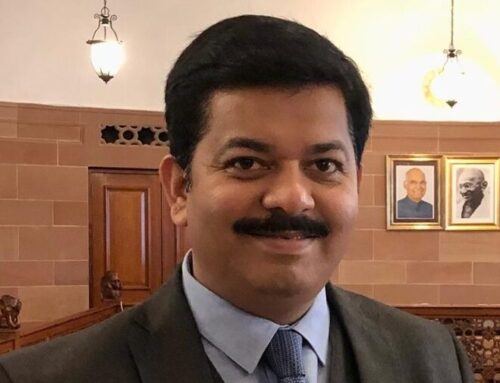One of the superpowers of digital technology is that of amplification, which simply means that adopting digital can help an enterprise amplify its access to resources, its reach to customers and its voice as a brand. We often talk about how this has led to the surge in start-ups and small enterprises globally; the acceleration of social enterprises, spanning non-profit, for-profit, and private-public partnerships has been even more significant.
Today, India is considered to have one of the most vibrant social enterprise sectors in the world. A 2016 report by British Council estimated that around 2 million Indian enterprises are working towards creating social impact in the areas of skills development, education, non-farm livelihood and more.
Through frugal innovation and peer-to-peer collaboration across academia, corporates, and existing financial and social infrastructures, social entrepreneurs are adding an important trajectory to the country’s growth. The eradication of social inequity is a common underlying cause with most social entrepreneurs, and they empower the communities they wish to impact by making them a part of the solution. As per the same British Council report, the business goals of these entrepreneurs are equally lofty: 78% of Indian social enterprises aim to expand into new areas; 73% aim to increase their customer base; while 56% seek new investments to expand.
With this scale of ambition, it is no surprise that digital technology is a critical tool for social entrepreneurs. Be it leveraging crowd-funding equity for their initiatives, setting up peer-to-peer lending platforms for their target beneficiaries, or even sending out a rallying cry for citizen support on important issues, the internet and social media help social entrepreneurs amplify their reach and impact on a global scale. At GoDaddy, we have had the good fortune of working with two leading Indian social entrepreneurs, supporting their initiatives and helping them along their individual digital journeys.
Read the rest of Nikhil Arora’s article at Forbes India





